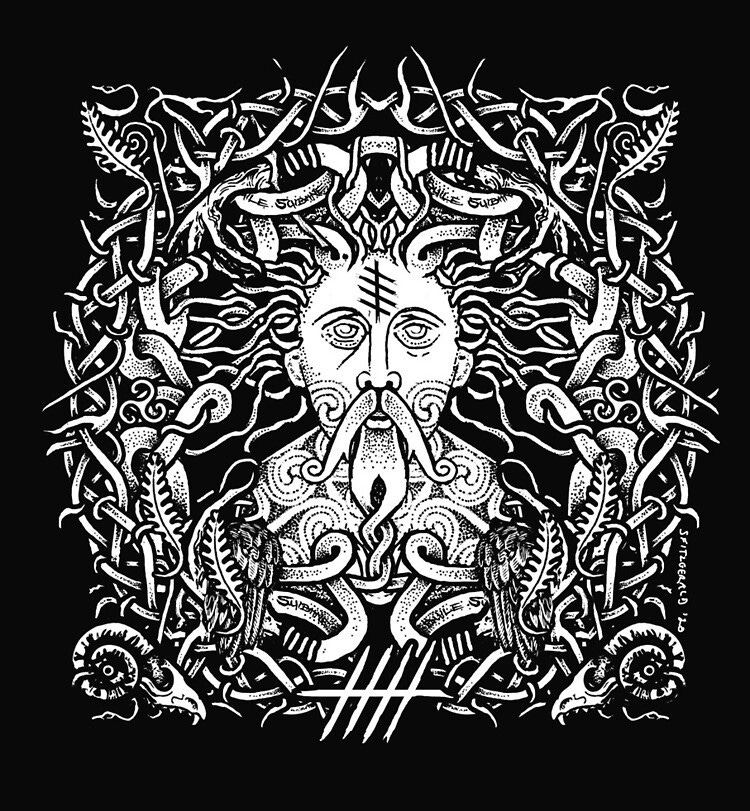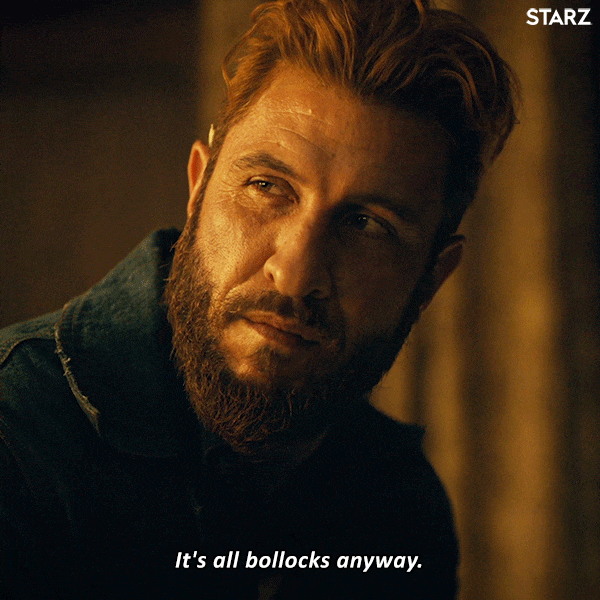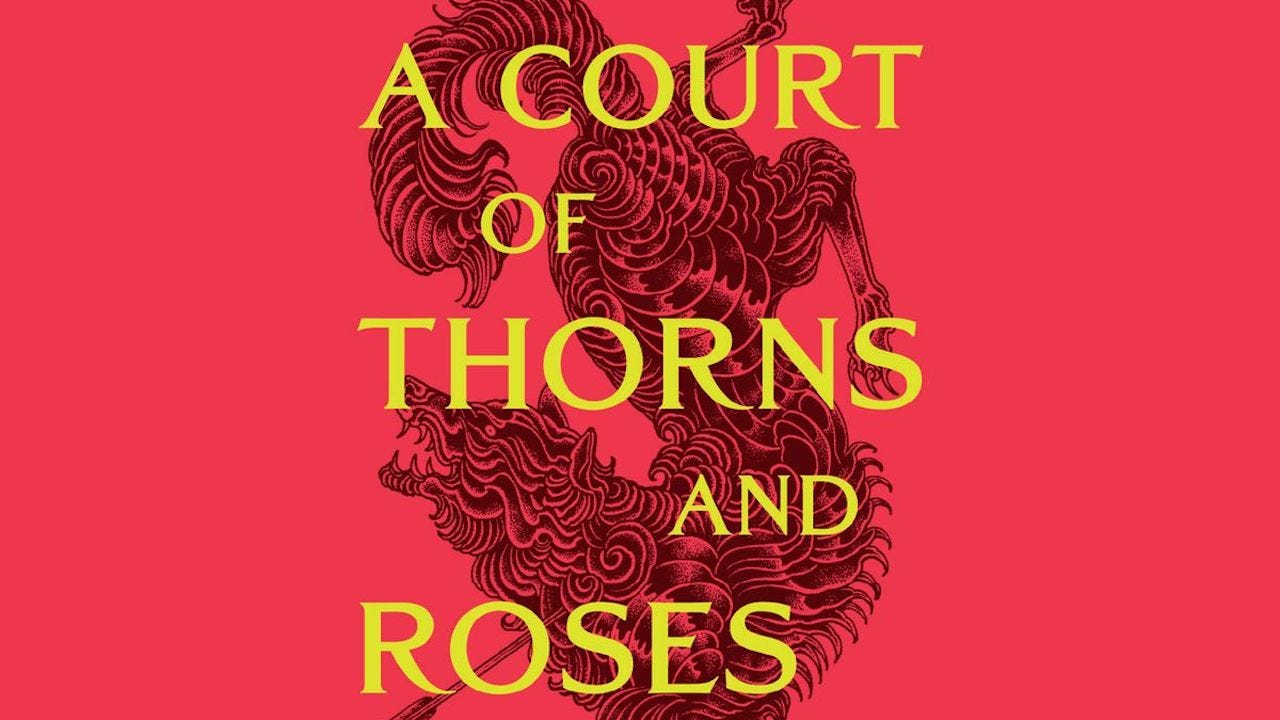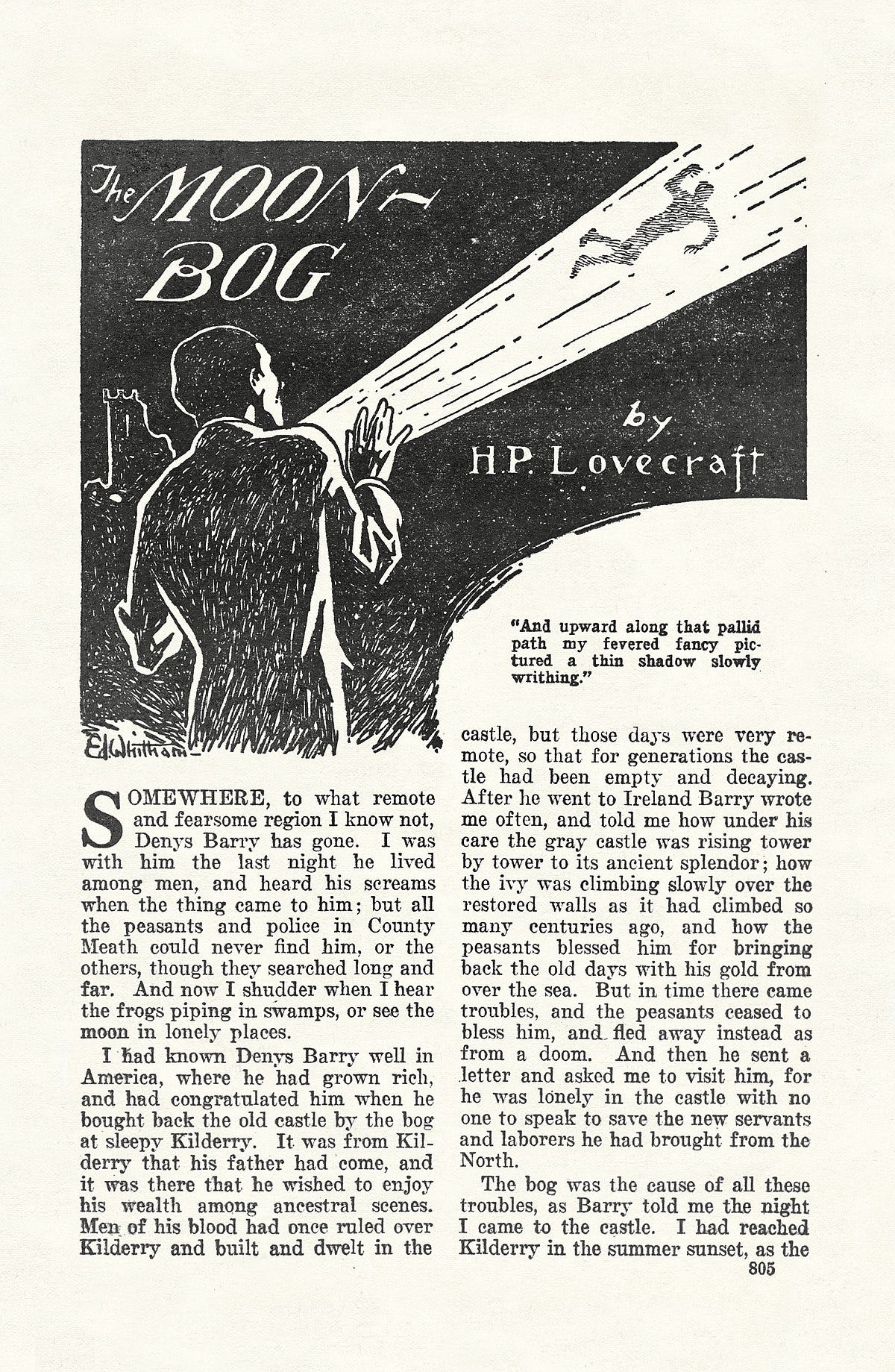Hibernophobia in Fantasy
Examining the Irish Stereotypes in Modern Fantasy
Fantasy literature has a unique power to transport us to magical worlds full of imagination, but sometimes, those worlds mirror real-life prejudices. While fantasy thrives on its use of mythical and cultural references, this borrowing can often tread dangerously close to reinforcing harmful stereotypes. One of these lesser-discussed issues is Hibernophobia—prejudice against Irish people and culture.
In this post, we’ll take a deep dive into how Hibernophobia manifests in modern fantasy. By dissecting well-known characters and storylines, we’ll see how centuries-old anti-Irish biases have managed to sneak into contemporary narratives. While these elements often go unnoticed, the subtle and not-so-subtle ways Irish folklore has been adapted, distorted, or outright misrepresented deserve a closer look.
Case Study 1: Mad Sweeney in American Gods – From Tragic Folklore to Drunken Stereotype
Origins in Irish Folklore:
Mad Sweeney, one of the more memorable characters in Neil Gaiman's American Gods, is based on the Irish myth of Suibhne (pronounced "Sweeney"). In the original folklore, Suibhne was a king cursed by St. Ronan to live as a madman, wandering the wilderness after defiling a holy space. His story, Buile Suibhne or "The Frenzy of Suibhne," is a tale of tragedy, isolation, and suffering. Suibhne's curse forces him to flee from society, living in the wilderness where his madness is intertwined with poetic reflection on life and nature
Hibernophobia in American Gods:
In American Gods, however, Mad Sweeney is portrayed as a far cry from the tragic Suibhne. Instead, he is a loud, crude, drunken character, who stumbles through life, more leprechaun than king. His defining traits—his love for alcohol and frequent brawls—are drawn from the worst stereotypes of Irish people. Rather than exploring the depth of Suibhne’s curse, Gaiman’s Sweeney is stripped down to a caricature, reinforcing the tired "drunk Irishman" trope. In the novel this is done with a point; the literary Sweeney is a product of American ‘‘belief’’ about the Irish, he is the embodiment of their misconception. The Starz series adaptation abandons any such subtlety favouring a lucky dip of Irish stereotypes and a heart of gold.
This reduction of a complex mythological figure to a boozy, belligerent character contributes to the long-standing tradition of portraying Irish people as reckless, wild, and uncontrollable. It’s a classic case of Hibernophobia: reducing the rich cultural heritage of Ireland into an easily digestible and harmful stereotype.
Case Study 2: A Court of Thorns and Roses by Sarah J. Maas – Hybern as a Stand-in for Ireland
Origins in Irish Folklore:
Sarah J. Maas’s A Court of Thorns and Roses has a world that mirrors Britain and Ireland in both geography and cultural undertones. The fictional land of Prythian, home to the noble fairy courts, clearly draws inspiration from Britain. The hostile, regressive land of Hybern, on the other hand, serves as a dark parallel to Ireland. The name "Hybern" itself derives from "Hibernia," the Roman name for Ireland. The characters and mythological references, such as Dagdan and Brannagh, are borrowed from Irish lore, with Dagdan resembling the Dagda—a powerful deity in Irish mythology.
Hibernophobia in A Court of Thorns and Roses:
The depiction of Hybern as a land stuck in the past, where its people are portrayed as violent, backward, and obsessed with slavery, mirrors historical colonial narratives about Ireland. This is not just lazy worldbuilding; it reinforces centuries-old views of the Irish as uncivilized, resistant to change, and inherently dangerous. The people of Hybern are consistently described as lesser than their Prythian counterparts, feeding into the same biases that have historically been used to justify colonization and subjugation.
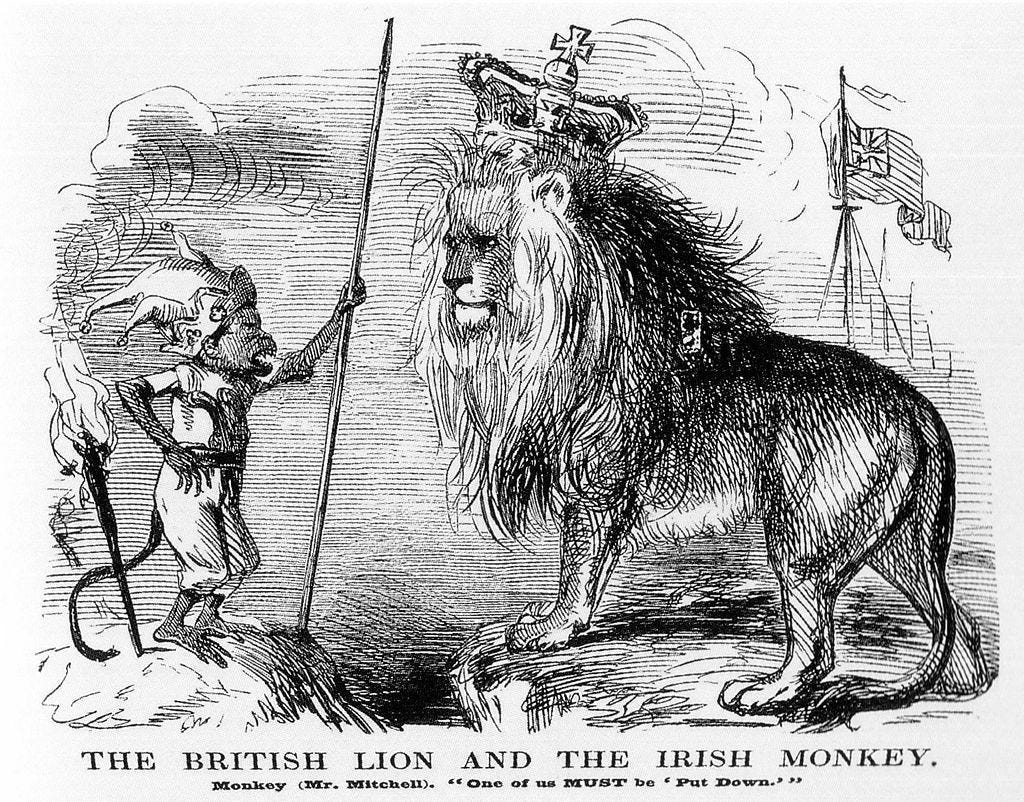
Whether or not this was intentional, it echoes the same anti-Irish propaganda that has been around for centuries. The use of these tropes in modern fantasy—where Irish culture is aligned with savagery and immorality—plays into the same harmful narratives that have long portrayed the Irish as second-class.
Case Study 3: The Harfoots in The Rings of Power – The Noble Savage Trope
Origins in Irish Folklore and Culture:
The Harfoots in Amazon’s The Rings of Power are presented as earthy, simple folk who live close to nature. The decision to give them Irish accents, combined with their pastoral, somewhat scruffy lifestyle, immediately links them to long-standing stereotypes about rural Irish communities. The trope of the Irish as "noble savages" stems from colonial views that romanticized the Irish for their simplicity and connection to the land, while simultaneously using these traits to paint them as primitive and uncivilized.
Hibernophobia in The Rings of Power:
The depiction of the Harfoots as an unsophisticated, if endearing, people plays into the noble savage stereotype. Their charm is rooted in their "innocence," but this innocence is juxtaposed with their lack of modernity and refinement. By giving these characters Irish-coded accents and traits, the show leans on well-worn stereotypes about the Irish being backward and simple-minded, but good-natured. This kind of portrayal may seem harmless, but it subtly reinforces the idea that Irish culture is one of quaintness and simplicity rather than a vibrant, complex heritage.
Case Study 4: H.P. Lovecraft’s The Moon-Bog and The Rats in the Walls – Irish People as Superstitious and Primitive
Origins in Irish Folklore:
H.P. Lovecraft’s disdain for Irish culture is evident in stories like "The Moon-Bog" and "The Rats in the Walls." In "The Moon-Bog," Lovecraft draws on ancient Irish practices like bog burials and combines them with supernatural horror, presenting the Irish as a superstitious, ignorant people easily swayed by dark forces. Meanwhile, in "The Rats in the Walls," Lovecraft’s use of the Irish language as a marker of madness shows how he viewed Irish culture as primitive and degenerate.
Hibernophobia in Lovecraft’s Work:
Lovecraft’s portrayal of Irish people as superstitious, irrational, and inherently inferior reflects the xenophobic beliefs he held throughout his life. "The Moon-Bog" casts the Irish as an easily manipulated, backward race, while in "The Rats in the Walls," the protagonist’s regression into madness is punctuated by his use of the Irish language—suggesting that speaking Irish is akin to a fall into savagery. These narratives not only perpetuate anti-Irish sentiment but also portray Irish cultural practices as linked to darkness and madness, playing directly into Hibernophobia.
Conclusion: Moving Forward from Harmful Tropes
Hibernophobia may not be as widely discussed as other forms of cultural bias, but it is just as pervasive in modern media, especially in the fantasy genre. Through these case studies, it’s clear that elements of Irish culture and folklore have often been misrepresented, simplified, or demonized. The reduction of rich mythological characters like Suibhne into drunken caricatures, or entire peoples like the Hybernians into barbaric antagonists, reflects how old biases continue to influence the stories we tell.
As readers and creators, it’s essential to critically examine how these narratives are framed. By doing so, we can ensure that future stories respect the complexity of Irish culture and folklore rather than perpetuating harmful stereotypes. Fantasy has the power to reshape how we see the world—let’s use that power to create inclusive, respectful representations of all cultures.


